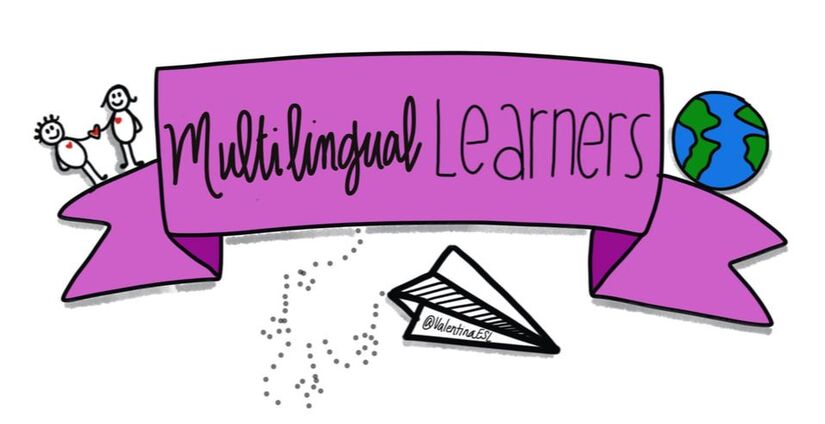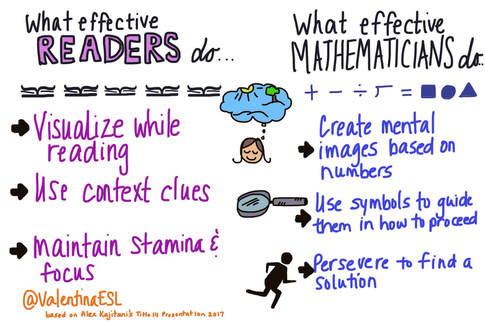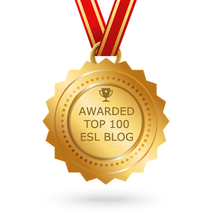What effective readers and mathematicians have in common and how we can capitalize on that!8/12/2017
By identifying what effective readers and effective mathematicians do, we can use the strengths from one content area to capitalize on the other. After attending the Title III Symposium in Austin this July, I began to reflect on one session I saw in particular. The presenter was Alex Kajitani, California Teacher of the Year, and his session was titled, How to Connect Math and Literacy: Get Students Reading, Writing, and Speaking in Math Class. Now, I don't claim to be an expert in the area of math, but I know a thing or two about students, reading, writing, and language development. I was immediately taken in because he connected my knowledge of those things with math (something more new to me). My main take aways from his session:
Effective readers and mathematicians exemplify some similar characteristics. Both understand how to create mental images. Effective readers visualize while reading a book or passage while effective math students create mental images of numbers whether they be lengths or amounts, etc. While reading text, effective readers are able to make meaning of words they are unfamiliar with using context clues. Effective math students use mathematical symbols as clues that guide them in how to proceed in order to solve the problem. Both effective readers and effective math students have stamina and perseverance when faced with an academic task. They are able to stick with their reading or math until they complete the job. Why is knowing this important? Recognizing that reading and math do have connections is valuable to us as teachers. For example, if I had a student who was progressing well in reading but struggling in math (or vice versa), I might be able to capitalize on the student's reading abilities to build the math. Teacher: Lauren, look at how you have grown as a reader. Your reading level has advanced and you have read several books in many different genres this. I'm proud of your hard work. What do you do to make sure that continue to grow as a reader? Student: I read a lot. I take a book with me everywhere I go and I finish the books I start. When I finish one book, I pick a new book. Teacher: That's awesome. Stick with your book shows focus and perseverance. You can use that same quality in math. When start a math problem, don't give up. Just like with the books you read, keep with it until the end. Showing students how to use their strengths from one content area in another content area is powerful for them. They begin to realize that learning is a process. It is very empowering. Math is not just about numbers and calculations. If we want our students to have a deep understanding of math, Alex says they need to think about, talk about it, read and write about it, and share it. I couldn't agree more! We need our kids to SWIRL (Speak, Write, Interact, Read, and Listen) in all content areas including math. Finally, it's important that we explicitly teach math specific vocabulary. There are many words that are multiple meaning words that can really trip our ELLs up. They can stump all students not just English Learners. Think about words such as sum and mean. The word sum sounds the same some. Teaching the difference between the two and how sum is used in math is important for ELLs. Or the word mean...it can be confusing for a student learning English when they think the word mean means not nice, but then they hear it in math and that meaning doesn't make sense. Please don't get me wrong. I'm not saying that math is the same as reading. I'm merely saying there are similarities. Alex's presentation was excellent and if you have a chance to see him in action I recommend that you do. Comments are closed.
|
Categories
All
|


 RSS Feed
RSS Feed
